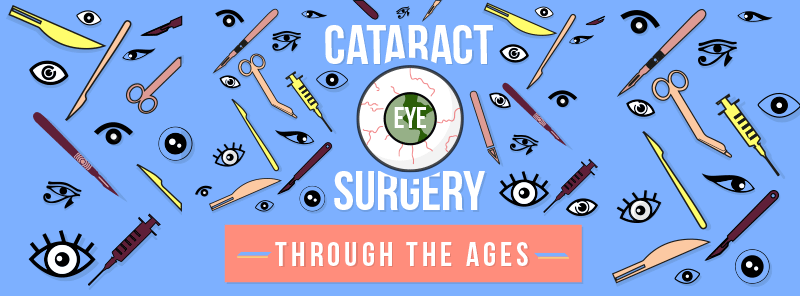The Comprehensive Guide To Refractive Lens Exchange: Essential Information You Should Know
The Comprehensive Guide To Refractive Lens Exchange: Essential Information You Should Know
Blog Article
Post Writer-Lauesen Goldstein
If you're considering refractive lens exchange, you probably have a great deal of questions. This procedure can transform exactly how you see the globe, using advantages like minimized dependence on glasses. Nonetheless, Discover More Here to recognize the procedure, risks, and that qualifies as a great candidate. Allow's check out these important elements so you can make an educated decision regarding whether RLE is right for you.
What Is Refractive Lens Exchange and How Does It Work?
Refractive lens exchange (RLE) is an operation created to change your eye's all-natural lens with an artificial one, correcting vision issues like nearsightedness, farsightedness, or presbyopia.
Throughout the procedure, your surgeon makes a little incision in the eye, eliminates your all-natural lens, and inserts an intraocular lens (IOL) tailored to your vision needs. This outpatient surgical treatment typically takes about 15 to half an hour per eye and is done under regional anesthetic.
You'll likely see renovations in your vision almost right away, though full recovery may take a couple of weeks. RLE is specifically advantageous for those over 40 or with high prescriptions, supplying a durable remedy contrasted to glasses or contact lenses.
Your eye care specialist can aid identify if RLE is right for you.
What Are the Perks and Dangers of Refractive Lens Exchange?
Selecting refractive lens exchange can bring about significant improvements in your vision, yet it is essential to consider both the advantages and dangers before making a decision.
On the plus side, this treatment can enhance your vision by dealing with concerns like presbyopia, nearsightedness, and hyperopia. Several patients enjoy lowered reliance on glasses or get in touch with lenses, which can greatly enhance their lifestyle.
Nevertheless, https://rentry.co/yomzh9mm to think about potential risks. Difficulties can include infection, glow, or halos around lights.
There's additionally a chance of overcorrection or undercorrection, which might call for additional treatments.
That Is a Perfect Prospect for Refractive Lens Exchange?
If you're considering refractive lens exchange, it is very important to understand whether you fit the account of an optimal prospect. Usually, you may be a good prospect if you're over 40, experience presbyopia, or have high degrees of nearsightedness or farsightedness.
It's also critical that your vision is stable, suggesting your prescription hasn't changed substantially in the past year. If you have cataracts or other eye conditions, you may take advantage of this treatment also.
Nevertheless, certain variables, like unchecked diabetes or autoimmune illness, can disqualify you. To determine your candidacy, talk to an eye care expert who can examine your details situation and recommend the most effective course of action customized to your demands.
Final thought
To conclude, refractive lens exchange can be a transformative choice for improving your vision, particularly if you more than 40 or have a high prescription. While the benefits are significant, it's crucial to weigh the dangers and seek advice from your eye treatment specialist to determine if you're an ideal candidate. With the right info and support, you can make an educated choice and potentially delight in a life with decreased dependancy on glasses.
